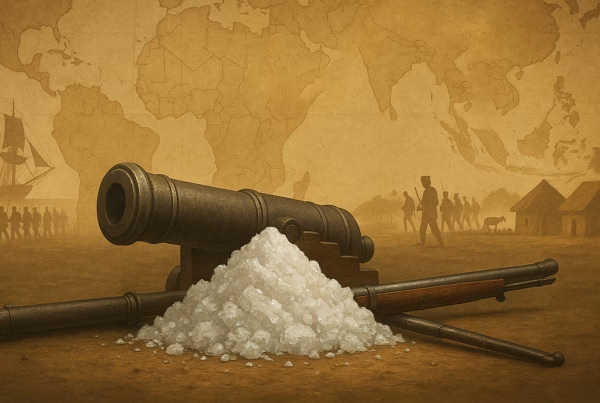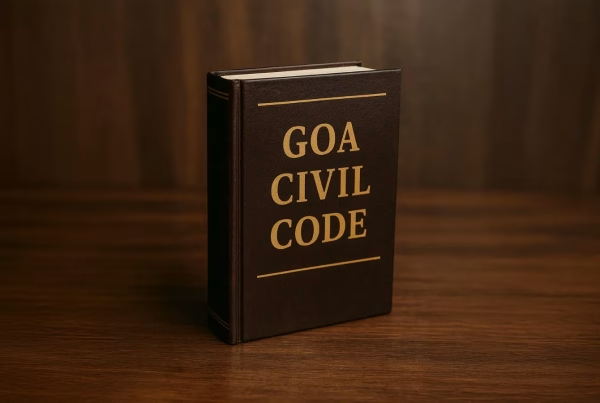India’s festivals are not just about celebrations—they are about stories, heritage, and living traditions. Among them, Kullu Dussehra holds a special place. While most of India celebrates Dussehra as the day Lord Ram defeated Ravana, the Kullu Dussehra festival begins only after Vijaya Dashami, and it has an energy unlike anywhere else.
Kullu Dussehra is a sight to behold- during the celebrations, hundreds of village deities travel on palanquins, drums echo in the mountains, and thousands gather at the Dhalpur Maidan in Himachal Pradesh’s Kullu town.
The Legend Behind Kullu Dussehra
The roots of the Kullu Dussehra festival go back to the 17th century. Local king Jagat Singh once committed a grave mistake and, to atone for it, he installed an idol of Lord Raghunath (Ram) as the presiding deity of the valley. Since then, Lord Raghunath is worshipped as the ruling deity of Kullu, and every year the Dussehra here is celebrated in his honor.
This is why the festival doesn’t end with burning Ravana’s effigy. Instead, it is about uniting hundreds of deities from across the valley, all gathering to pay respect to Raghunath Ji.
What Makes Kullu Dussehra Unique?
Unlike the rest of India, where Dussehra concludes on the tenth day, Kullu Dussehra actually begins on that day. The celebrations last for seven days (sometimes extending to more) at Dhalpur ground.
- Over 250–300 village deities are carried in beautifully decorated palanquins. Villagers believe their gods and goddesses physically come to attend the mela.
- The deities move in a grand procession, accompanied by traditional drums, trumpets, and the chants of devotees.
- Folk dance, music, and cultural performances add to the vibrant energy.
- A huge international fair is organized, bringing together artisans, traders, and performers.
On the last day, a symbolic ‘Lanka Dahan’ is performed on the banks of the Beas river. Unlike the towering Ravana effigies of North India, this burning is more symbolic, reminding devotees of the destruction of evil.
The royal family of Kullu still plays a central role in the festival. The current head of the family leads the ceremonial procession of Lord Raghunath’s chariot. This maintains the continuity of tradition, linking the past with the present.
A Global Stage – UNESCO Recognition
In 1960, Kullu Dussehra was declared an International Festival, and today people from across the world visit to witness its uniqueness. It is also recognized by UNESCO as part of India’s intangible cultural heritage, making it not just a local but a global celebration of faith and culture.
Ecological and Social Aspects
In recent years, the festival has also become a platform to promote eco-friendly practices and showcase Himachal’s rich handicrafts, cuisines, and sustainable traditions. Local women’s groups and artisans use the mela as an opportunity to showcase woolens, metal crafts, and organic produce.
Why You Must Visit the Kullu Dussehra Festival
- To witness a living tradition where gods are not just worshipped but invited as guests.
- To experience the spiritual energy of hundreds of deities gathered in one place.
- To explore Himachal’s music, dance, food, and crafts in one vibrant festival ground.
Whether you are a traveler, a photographer, or a culture enthusiast, Kullu Dussehra festival offers an unforgettable glimpse into India’s living heritage.
Kullu Dussehra is not just about remembering Ram’s victory over Ravana—it is about celebrating faith, community, and the unity of gods and people. Every October, the valley of Kullu transforms into a divine stage, reminding us that festivals are not just for humans—they are for the gods too.
So next time you plan a trip to Himachal, make sure it aligns with Kullu Dussehra—because this is one festival where history, devotion, and celebration come alive together.



